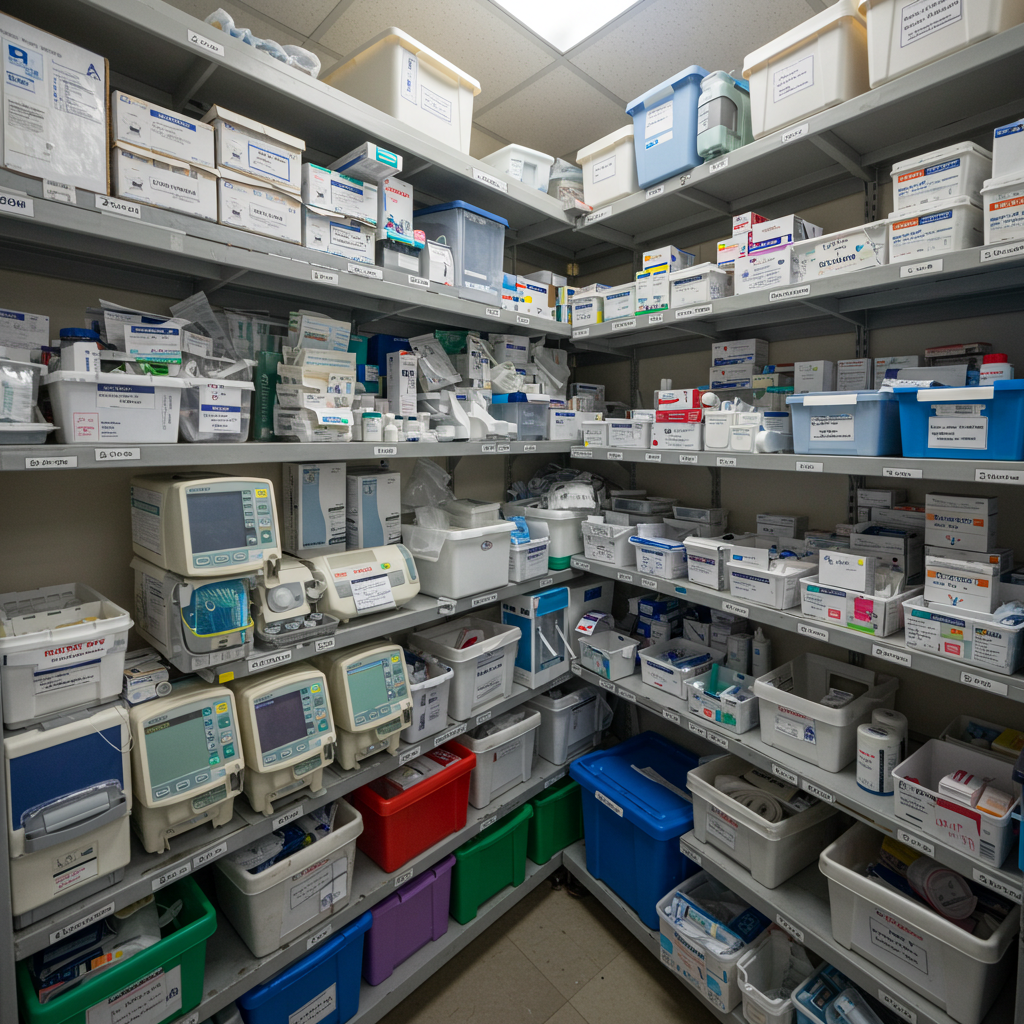
Healthcare procurement, the process of acquiring goods and services needed to deliver patient care, is a complex and critical function. Efficient procurement directly impacts patient outcomes, operational costs, and the overall financial health of healthcare organizations. However, this vital area faces numerous challenges. This post will explore these hurdles along with how technology is emerging as a powerful ally in finding effective solutions.
Healthcare procurement is far from a straightforward process. Several factors contribute to its complexity:
Fortunately, technological advancements offer promising solutions to address these challenges and revolutionize healthcare procurement:
Effective technology adoption in healthcare procurement requires a strategic approach:
As technology continues to evolve, healthcare procurement will become increasingly:
Automated: Routine procurement tasks will be handled by sophistical procurement software systems, freeing staff to focus on strategic activities.
Predictive: Systems will anticipate supply needs before shortages occur.
Collaborative: Digital platforms will facilitate better communication between clinical stakeholders, procurement teams, and suppliers.
Resilient: Advanced analytics will identify and mitigate supply chain vulnerabilities.
Sustainable: Technology will enable better tracking and reduction of waste in the procurement process.
The healthcare landscape is constantly evolving, and efficient procurement is more critical than ever. By embracing technological solutions, healthcare organizations can overcome the traditional challenges of procurement, optimize their supply chains, reduce costs, improve quality, and enhance patient care.
© 2025 Lasso Supply Chain Software LLC
Get instant access to our report on the Top Procurement Trends of 2025 by filling out the form below.

Get instant access to our report on the Top Procurement Trends of 2025.